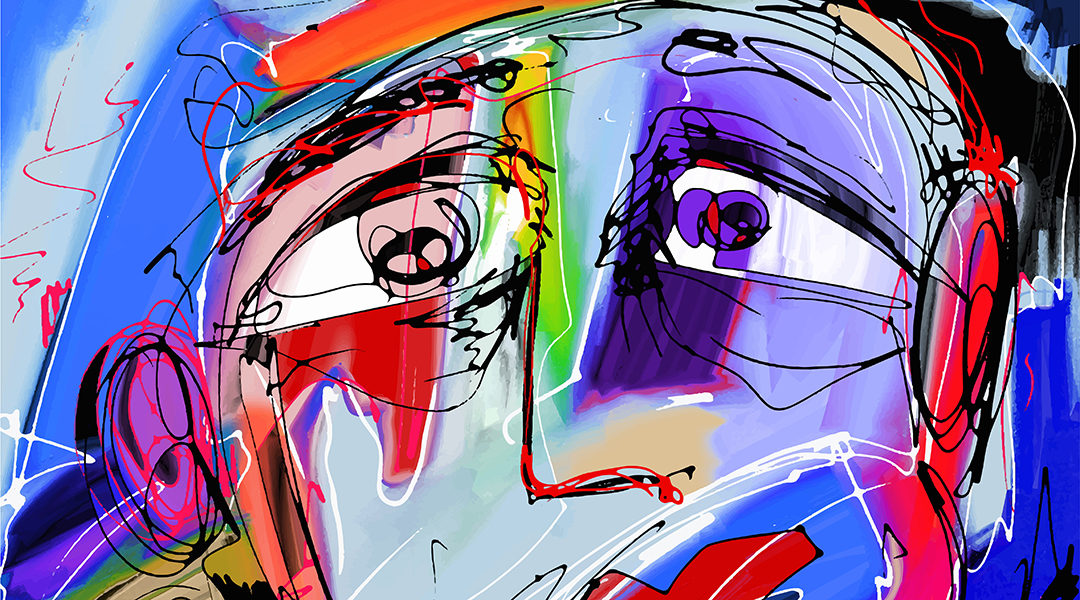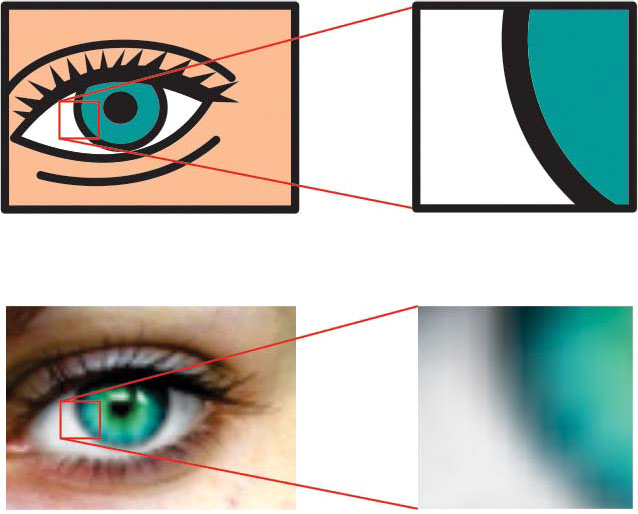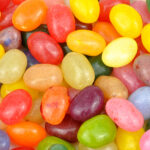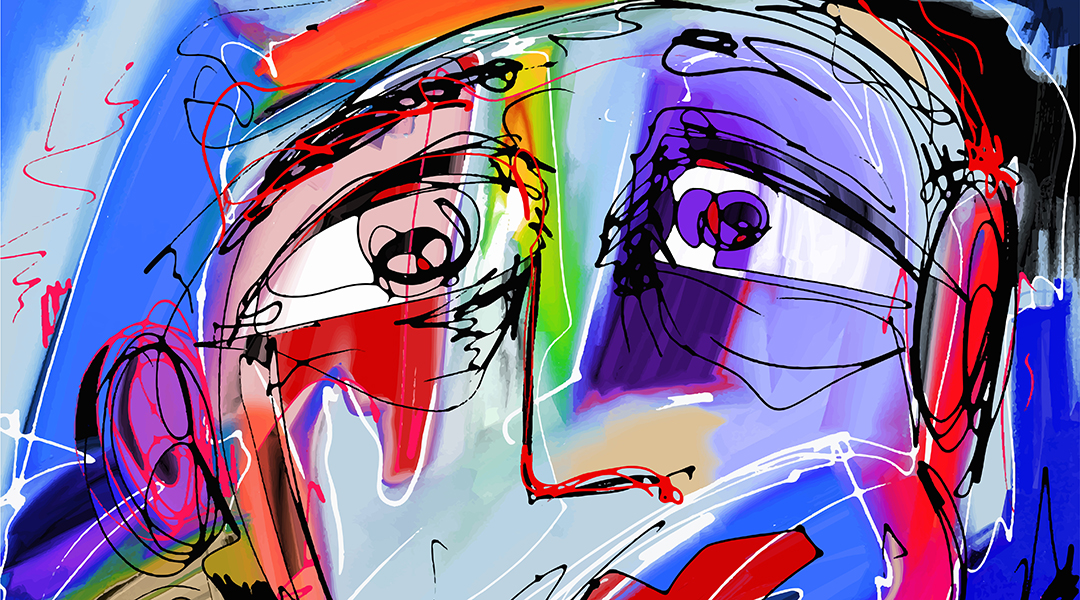
In this biz, all customized projects begin with artwork. If you want a high quality finished product – you need high quality, process ready, digital art. Your beautiful drawing is not digital art, and the logo you pulled off of a website header may be digital, but it is not high quality.
Digital art has either a vector format or a raster format.
Vector artwork is digitally created with shapes, lines, curves, or paths that can be easily colored, manipulated, and resized without affecting the quality of the image. It will look just as good on the side of a building as it does on your coffee cup. Common art file formats include: ai, pdf, cdr, eps. It is important to note that pulling raster art into a vector program and saving it with the required extension, does not make it vector art.
Raster Artwork is digitally created using pixels. Quality of a raster image can be negatively affected by being re-colored, manipulated and/or resized. Processes that are conducive to raster art typically require at least 300 dpi (dots per inch) resolution at the finished size. In our coffee mug to building signage scenario, scaling the coffee cup art larger results in a significantly reduced dpi. Raster art file extensions include jpg, png, psd, tif, bmp, gif. Vector art files can be easily converted to raster files if needed.
As a customer, it’s helpful to understand this basic explanation of digital art.
Several months ago, when I spoke at a function about my company, I was asked what the most important advice was, that I could give to the audience.
I answered, “MAKE SURE you have your vector art files. In fact, if someone creates a logo for you, be sure to get both the vector and raster versions of it.”
We have a full service art department, but often customers already have their art. If I open a supplied vector file, I will always cross reference it to the raster file, to make sure that it opened correctly. Depending on the program it’s created in, another program may not display it exactly the same way. I won’t get into the technicalities of this now. Suffice it to say that the raster version can’t be manipulated so it will always be a true representation of the art. When we create vector art for customers, the proof is sent in a raster version for exactly this reason.
Branding is important! Your logo is a big part of your identity. Make sure it looks as good as it can!
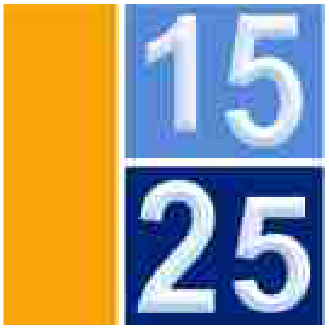
Low Resolution Image
Here is an example of a raster version of our logo. We’ve scaled the original art file to a larger size to show you the distortions that this creates.
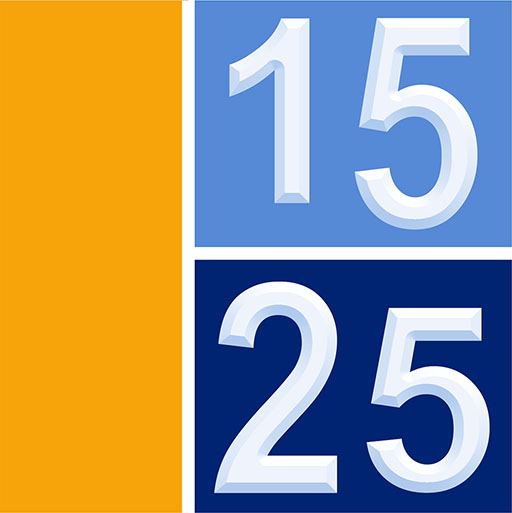
High Resolution Image
Here is the same logo saved at a high resolution. The logo was in fact created as vector art, and then converted to raster. Website images are saved in this manner usually as a jpg or png.
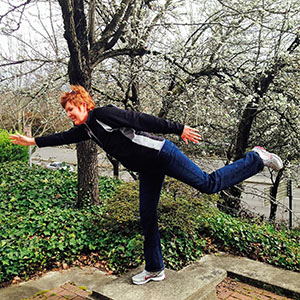
Knowledge is Power!
I hope you found this information useful. Once again, thanks for stopping by! 🙂

